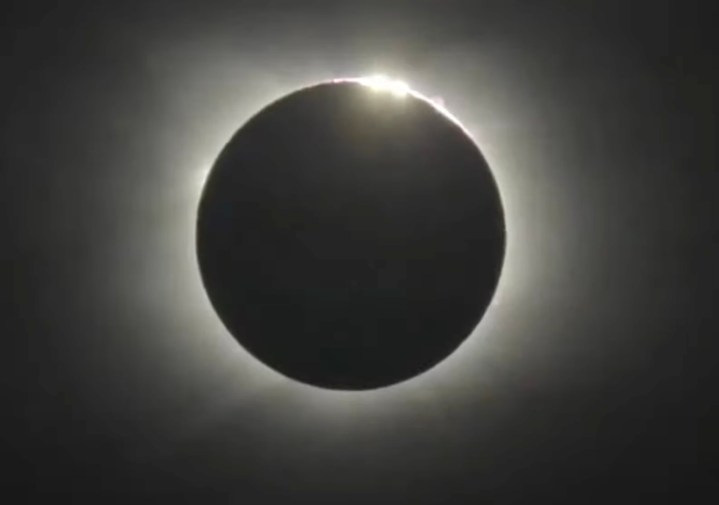
The highly anticipated total solar eclipse on April 8 has been and gone. The fleeting moment when the moon came between the sun and Earth, causing a giant shadow to sweep across a part of the U.S., Canada, and Mexico, sent millions of people into a frenzy of excitement on Monday afternoon.
Some of those folks will already be wondering about the date of the next solar eclipse as they consider traveling to the ends of the Earth to witness this spectacular celestial phenomenon again. And plenty of people in countries around the world who were unable to make it to North America to witness Monday’s total solar eclipse will be keen to know the next one is, in the hope that it might be easier to get to.
So, here’s what you need to know.
The next total solar eclipse will take place on August 12, 2026, with the path of totality sweeping across eastern Greenland, the west coast of Iceland, Spain, a little bit of Portugal, and Russia.
There’ll be another total solar eclipse a year later, on August 2, 2027, when the path of totality falls across southern Spain, Gibraltar, and north Africa.
This decade will also see a total solar eclipse on July 22, 2028, in Australia, while in the 2030s there will be eight opportunities to witness a total solar eclipse in various parts of the world.
However, the next one to occur in the U.S. won’t be until 2044, when the path of totality will touch several states in the north of the country, as well as Canada.
In the years ahead, there will also be partial solar eclipses where the moon covers only part of the sun’s disk, and annular eclipses when the moon is too far from Earth to completely block out the sun’s light. Check the Time and Date website for detailed information on times and locations.
Editors’ Recommendations

